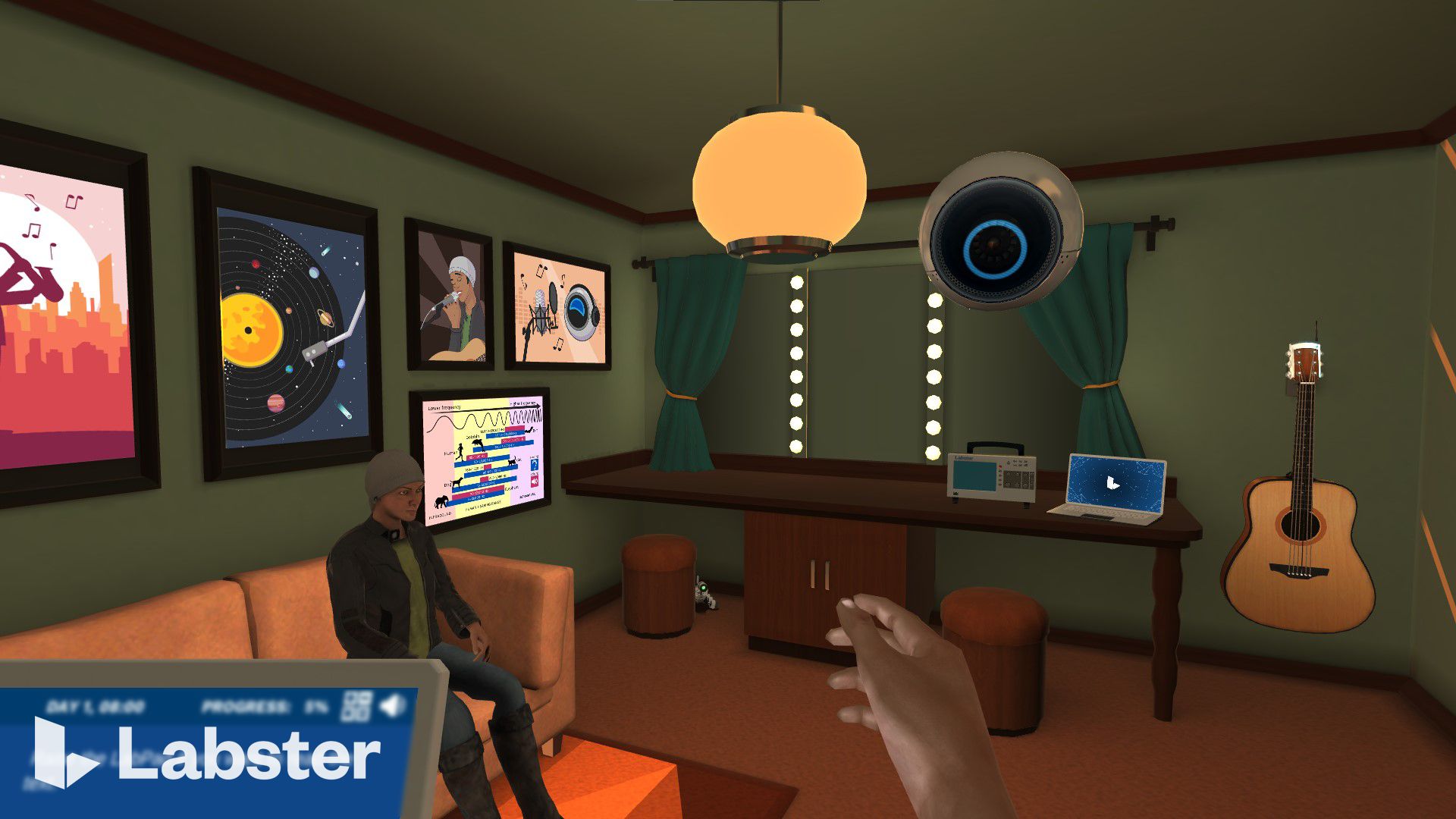Game Designer (Labster)
Labster creates interactive learning experiences that helps educating high school and high education students all around the world. The simulations are carefully designed and developed to ensure immersive and meaningful result that will not only teach the students the scientific material but as well inspire them to learn further about the subject.
As a Game Designer in Labster I co-created with other stakeholders educational experiences in various physics studies topics for high school students. I was responsible to champion, define and refine the user experience design and game-based learning elements of the simulations.


Throughout the development cycle, as a game designer, I would wear many hats, from facilitation of ideation meetings and design pitches to documentation, prototyping and other forms of communication to ensure close collaboration and unification within the development team.
In later stages of development I was responsible for iteration of the game mechanics, as part of the agile development process. Based on both internal and external feedback, I reviewed raised issues and together with the team develop alternative solutions to ensure user engagement with the simulation designed experience.
My Role
As a Game Designer, I was responsible to transform the development team idea into cohesive and defined experience that will immerse the students with the presented game elements and engage them with the learning material in a meaningful manner. To do so, The designed puzzles had to be carefully developed based on extensive research and iterative process. The mechanics had to be evaluated objectively at every development phase to ensure they embed the scintific material and learning objectives within them.



Challenges
UX Desigen
As part of my role as a game designer, It was under my responsibility to ensure experience design that will work cohesively with the system, the content and the developed mini games.
Following the design team pre-defined principles, I aimed to push the UI & UX design further and to encourage the usage of modern design elements that will satisfy users expectations and will not harm their suspension of disbelief. Considering our target audience, every experience related decision was backed up with extensive research of how such interactions and experiences look and feel in other similar platforms, users expectations and wishes and utalization of existing technologies to enhance it.
Documentation
In addition to my role in the simulation development, I also took upon myself being responsible for all the documentation process and requirements for game designers. The objective of the project was to unify the game designers communication tools across all development teams and to encourage organized and result-oriented development process both for the game designers and the rest of the stakeholders.
The project focused on four stages – Brainstorm format and objectives, Design pitch, Prototypes and design document (design bible). Each of the formats was developed through an open discussion among game designers and other document users.
Prototyping
To communicate the defined ideas in the bast manner, I put a great emphasis in my work for the creation of interactable prototypes that will allow all stakeholders to experiment with the ideas, make early testing cases and raise any possible foreseen issues with the proposed design.
The prototypes were developed both in Unity, utilizing my C# skills and other prototyping programs such as Figma and Adobe XD. Each of the prototypes was followed with a collaborative discussion among the team to answer all their feedback, ideas and concerns.